Drawing First Blood in the Box Office Jungle
When Sylvester Stallone burst onto the scene as John Rambo in the 1982 action thriller “First Blood,” he wasn’t just dodging police and leaping from cliffs—he was leaping into the hearts of action enthusiasts everywhere. Directed by Ted Kotcheff, this film isn’t just a run through the woods; it’s a full-blown survival sprint that marked the birth of one of the most iconic characters in Hollywood history.
The Stallone Show: A One-Man Army
Sylvester Stallone’s portrayal of Rambo is a testament to the silent but deadly type. With less dialogue than a mime at a silent retreat, Stallone’s performance still speaks volumes. His physicality brings an animalistic edge to Rambo, making him a believable survival machine with a bandana as his crown and nature as his kingdom. Stallone’s ability to convey a complex mix of vulnerability and indomitable spirit through mere facial expressions and grunt-filled exertions is nothing short of cinematic alchemy.
The Ensemble Cast: Allies and Adversaries
While Stallone may be the explosive center of the film, the supporting cast is the fuse. Richard Crenna as Colonel Trautman offers a dignified yet forceful presence, serving as the only bridge between Rambo and a society that misunderstands him. On the other flank, Brian Dennehy’s Sheriff Teasle provides the perfect foil—a man as stubborn as Rambo but fueled by a different creed. The dynamic between these characters isn’t just a clash of egos; it’s a profound conflict of ideals, making the woods of rural Washington a battleground for some of the most fundamental aspects of human nature.
Plot and Pacing: A Tactical Advance
The storyline of “First Blood” is straightforward yet steeped in socio-political commentary. It expertly depicts the struggle of a Vietnam vet as he returns to a home that no longer feels like one. This film’s pacing is a tactical advance, skillfully alternating between tense manhunts and introspective moments. Rambo’s journey from persecuted prey to a one-man rebellion is paced as tightly as his own survival traps, ensuring that the audience’s attention never strays far from the screen.
Craft and Execution: Guerrilla Filmmaking
Kotcheff’s direction in “First Blood” is a masterclass in action filmmaking. Each chase and combat scene is crafted with a raw intensity that rivals the rugged terrain itself. The cinematography captures the lush, damp forests with a palpable tension, almost as if nature itself conspires against Rambo. The score by Jerry Goldsmith, with its haunting military motifs, enhances the emotional landscape of the film, echoing the internal and external battles Rambo faces.
Conclusion: Survival of the Fittest
To encapsulate “First Blood” in a few words is like trying to trap Rambo: it’s possible, but it won’t hold for long. This movie is more than just an action-packed thrill ride; it’s a poignant exploration of a warrior lost in his own homeland, a sharp critique of how we treat our heroes after the parades end. Stallone’s Rambo is not just a character; he’s a cultural icon, representing the fight against all odds.
“First Blood” draws deep, but it never bleeds out. It’s a finely honed edge on the knife of survival cinema, cutting through the underbrush to emerge as a timeless tale of resilience. So, gear up, head into the wild, and watch as Rambo teaches us that sometimes, the first cut is the deepest.
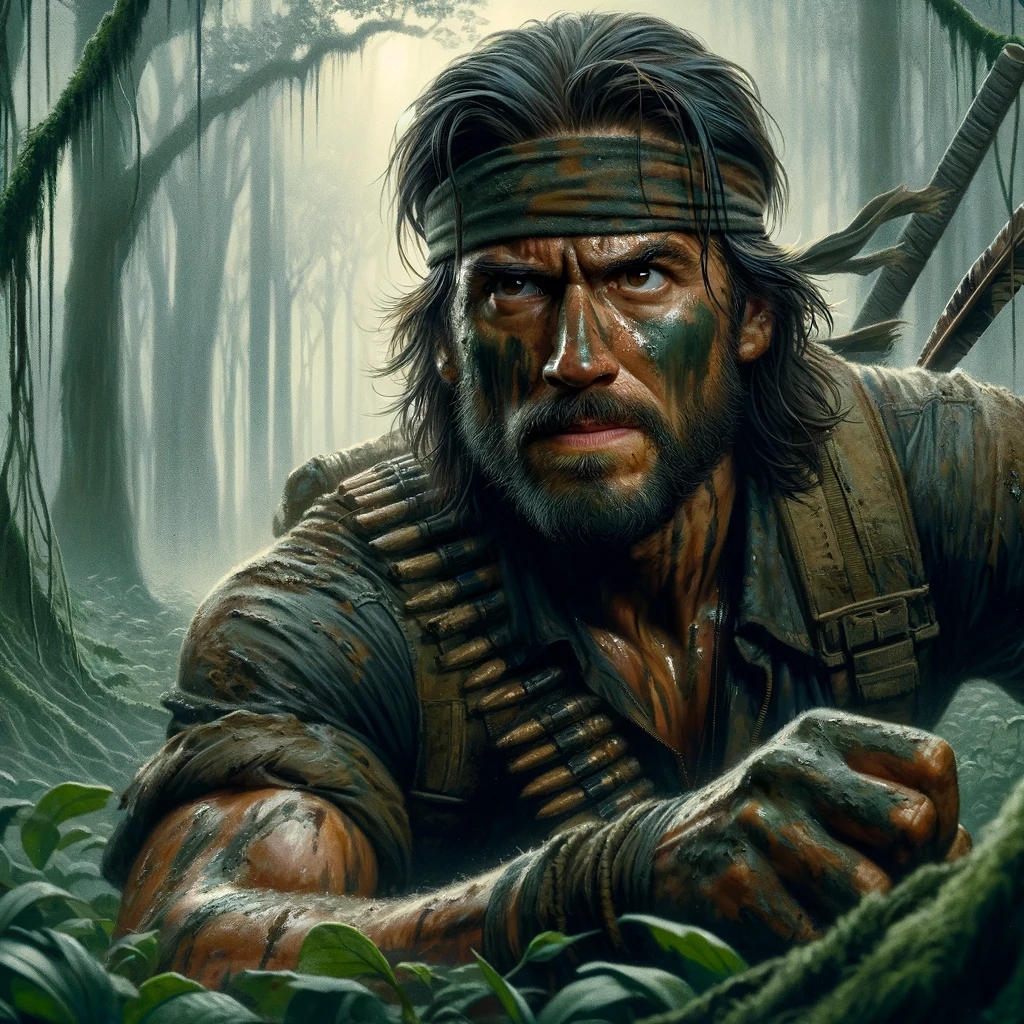


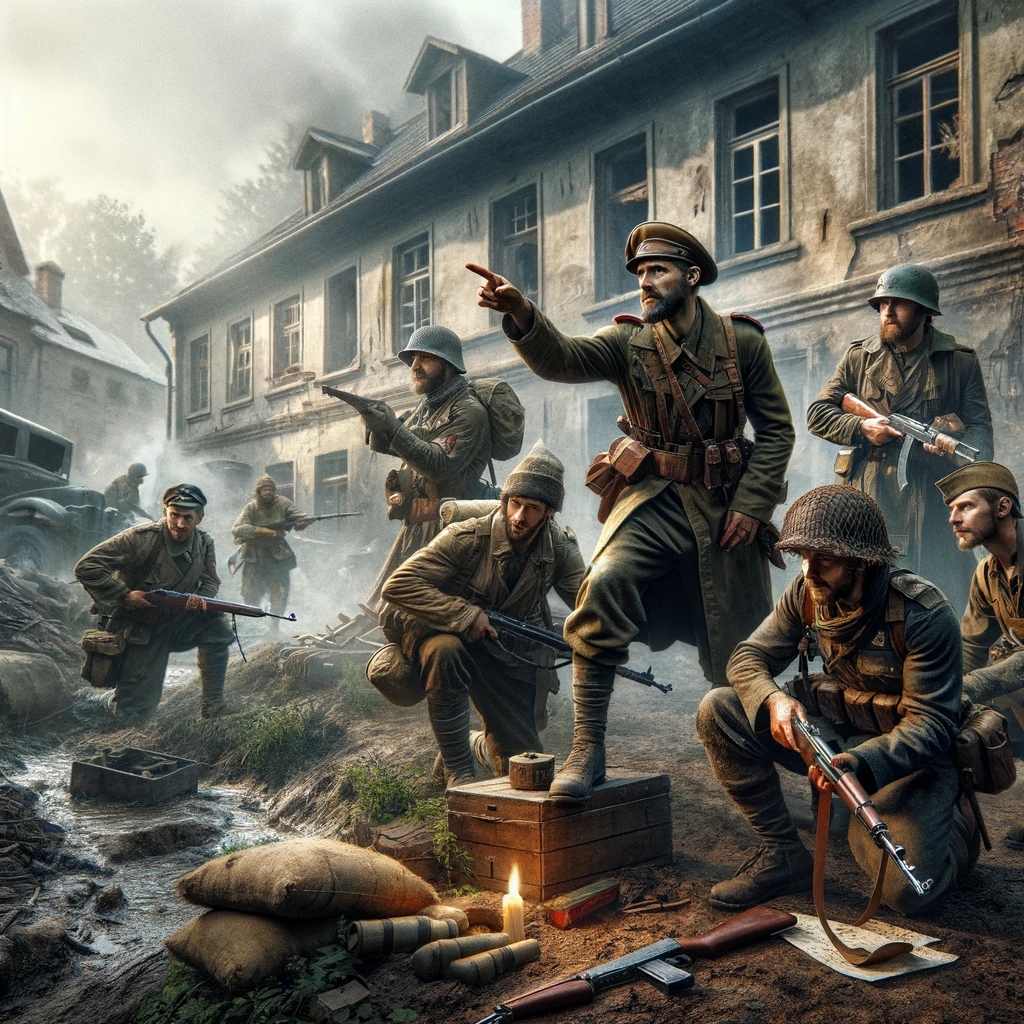
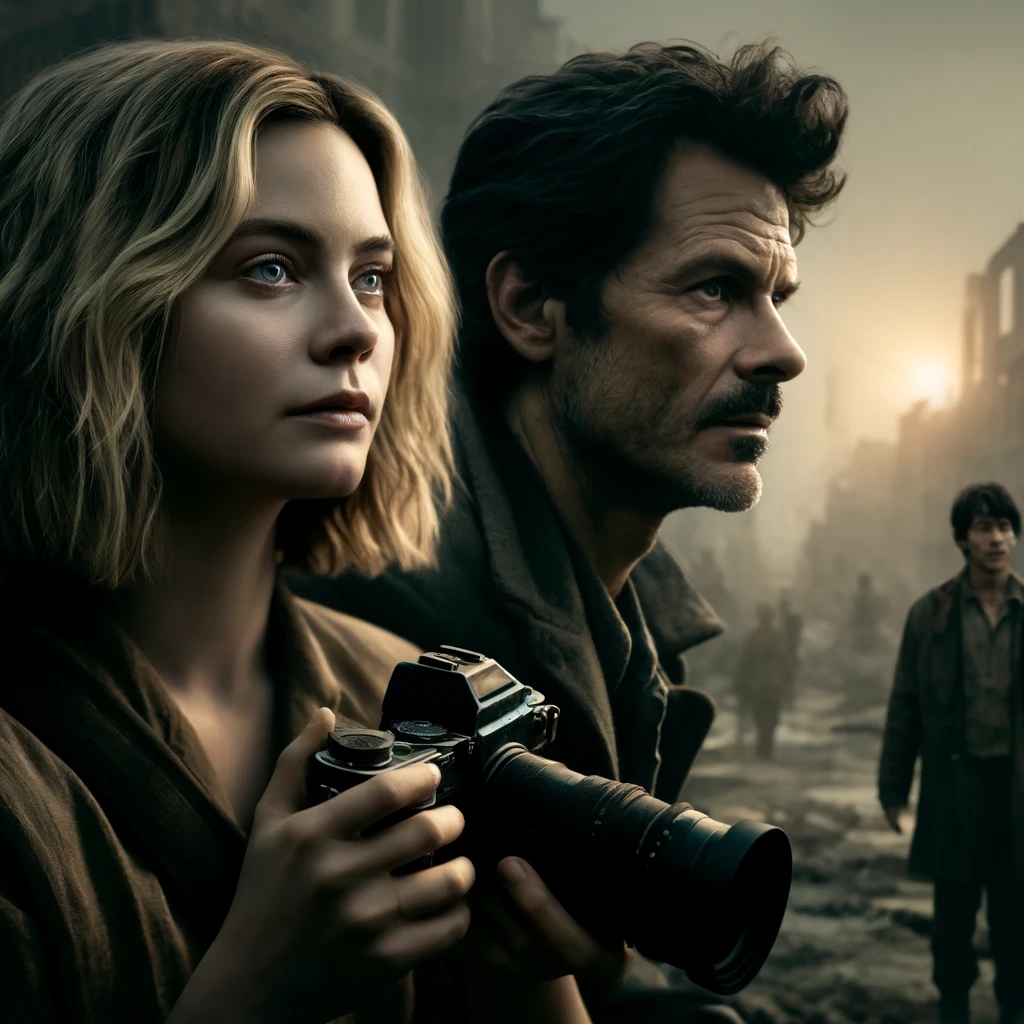
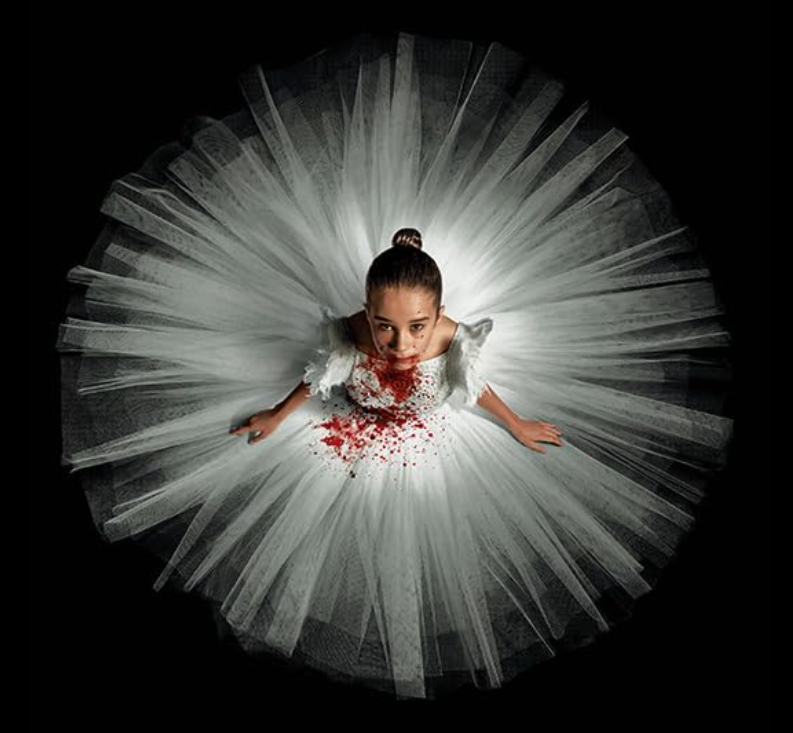
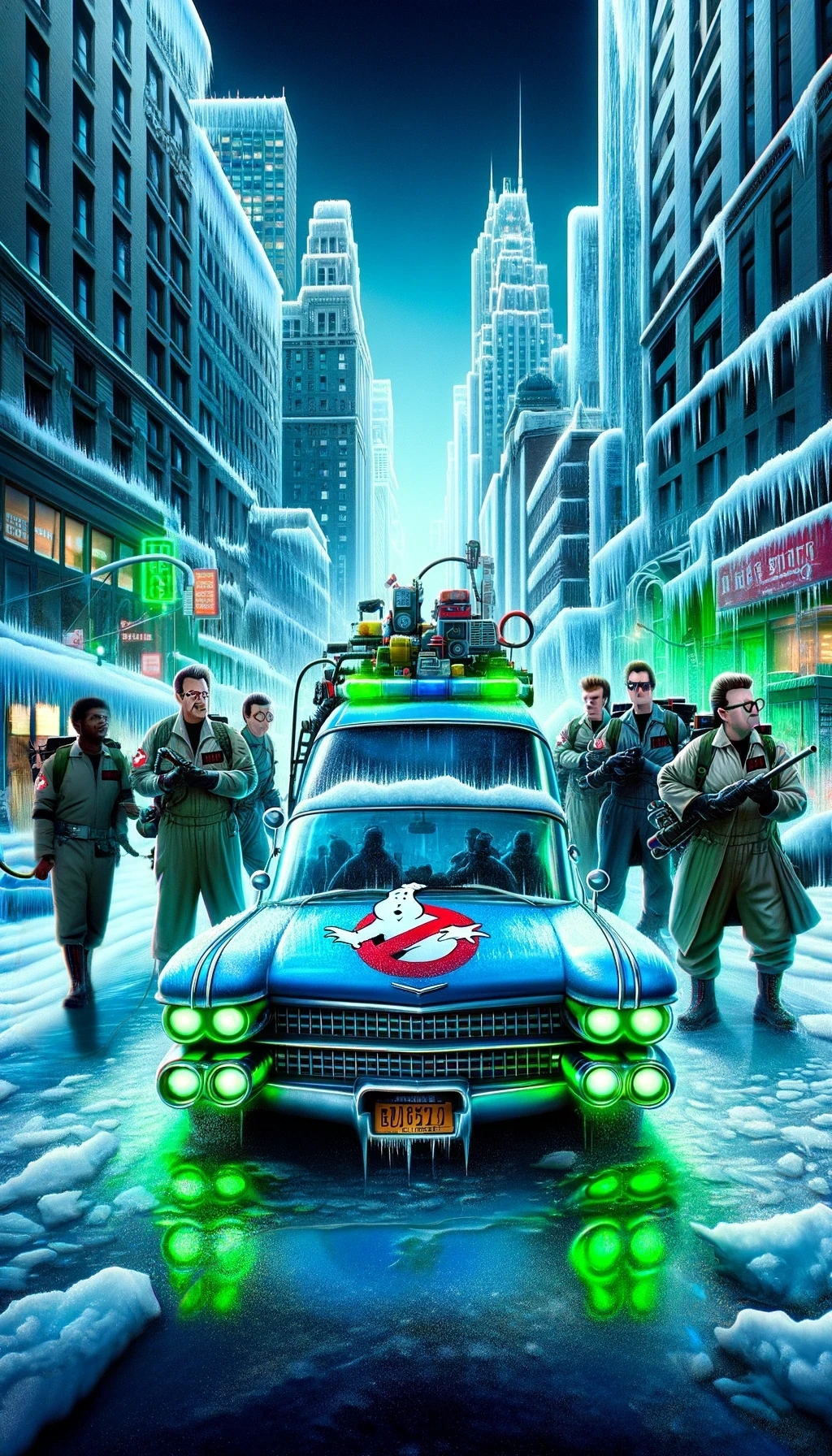
Leave a comment